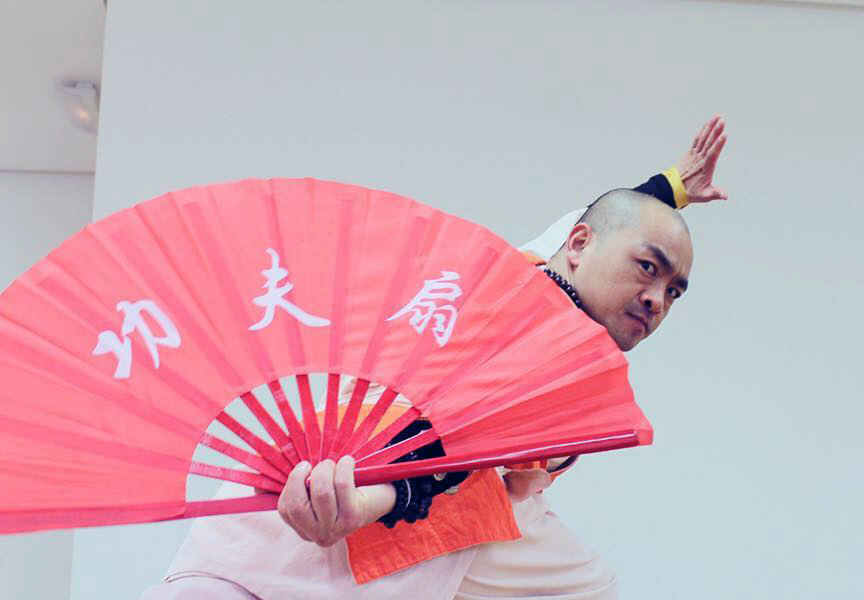Random Free Articles
- The Essential Role of Weapons Training
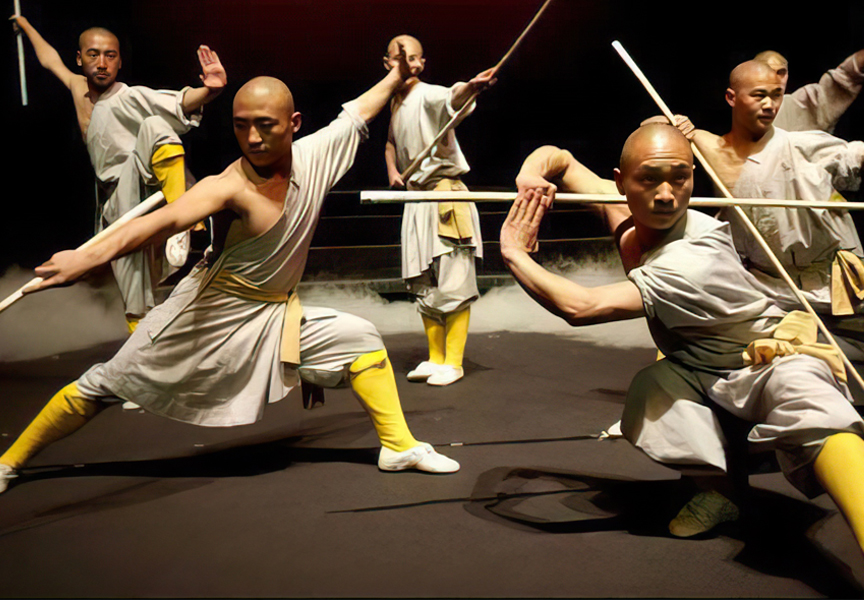
In the vast world of martial arts, traditional Kung Fu stands out not only for its intricate and beautiful movements but also for its profound connection to a variety of ancient weapons. Weapons training is an indispensable component of any traditional Kung Fu style, encompassing not only the aesthetics of movement but also the practical knowledge required to effectively apply techniques in combat situations. This article delves into the…
- Unveiling the Mystique of Chan Yuan Gong
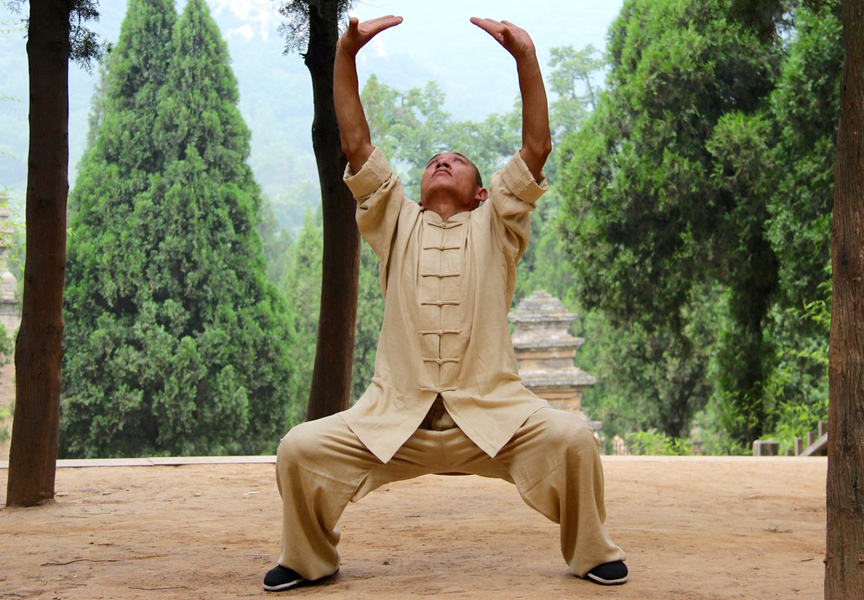
Harmony of Zen, Qi, and Combat Mastery In the heart of the Shaolin Temple's ancient traditions lies Chan Yuan Gong [Chin.: Shàolín chányuán gōng 少林禪圓功], a Qigong set that transcends the boundaries of physical exercise, meditation, and martial prowess. The name, translating to circular movements/exercises of Chan/Zen, encapsulates the essence of this practice that harmonizes the mind, purifies the spirit, and brings a…
- Preserving the Essence of Martial Arts
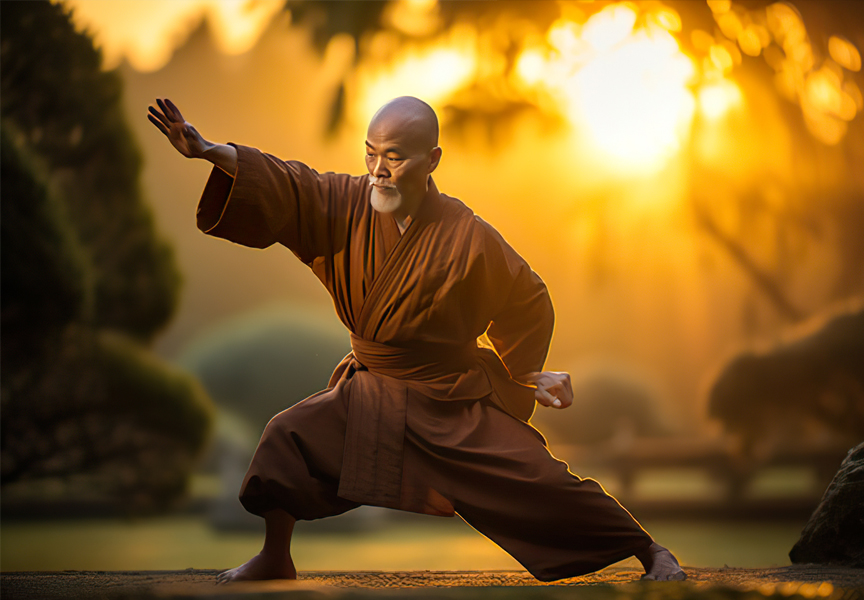
Beyond Victories and Podiums In a world where competitive sports dominate headlines and social media feeds, the true essence of traditional martial arts often gets lost in the clamor for victories and podium finishes. While there's no denying the physical prowess and discipline required in competitive martial arts, it's crucial to understand that traditional martial arts go beyond the pursuit of trophies and medals. Attempting to…
- The Shaolin Duan Pin System
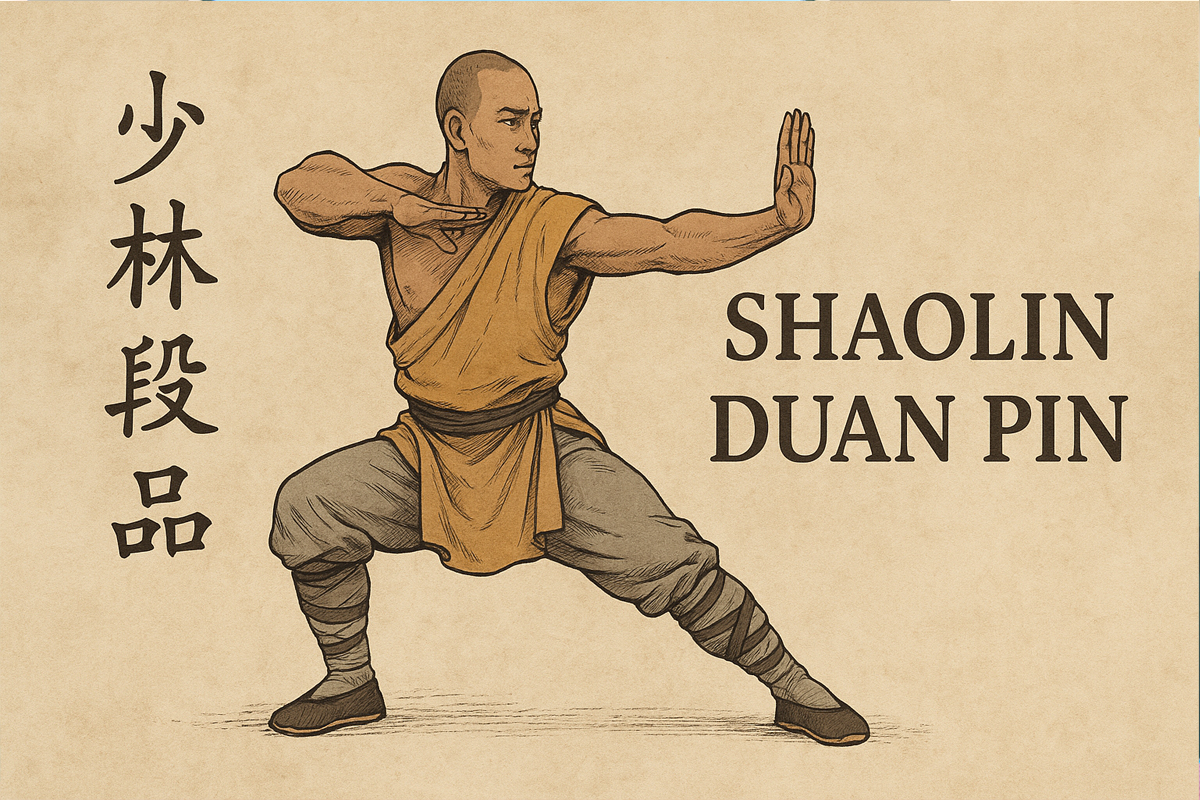
Analysis and the Need for Its Creation Shaolin martial arts have a history of over 1,500 years, closely linked with Chan (Zen) Buddhism, Chinese cultural heritage, and traditional combat practices. However, as times change and society’s needs evolve, there arose the necessity for a modern, organized, and pedagogically sound training system. Within this context, the Shaolin Duan Pin System (Chin.: Shàolín gōngfū duàn pǐn zhì…
- Mastering the Art of Silk Reeling Motion
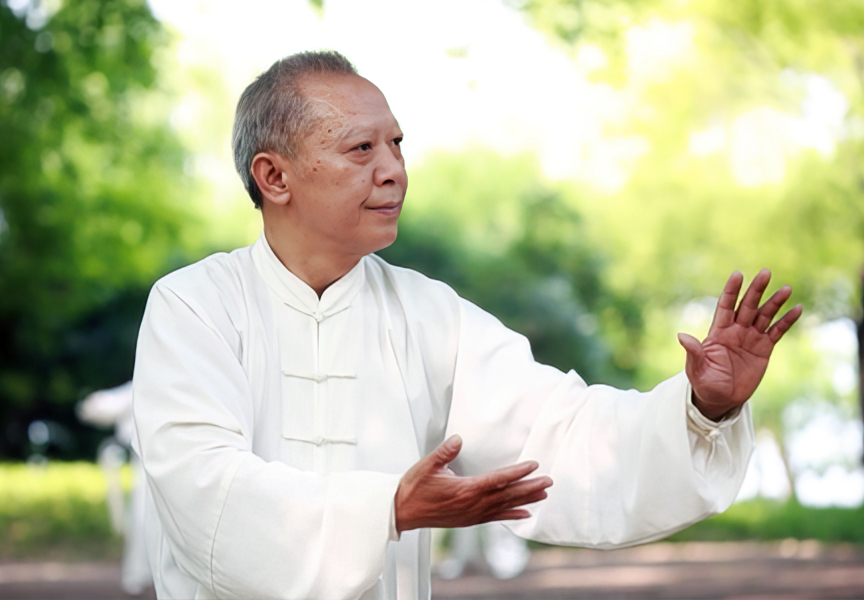
A Journey of Discipline and Grace Silk reeling motion, often referred to as Chan Si Gong [Chin.: chánsī 缠丝功] or Chan Su Jin [Chin.: Chán sī gōng Chán Sī Jīn 纏絲劲] in Chinese martial arts, is a foundational practice that has been passed down through generations. This intricate and elegant movement is not just a physical exercise; it's a profound art that combines fluidity, power, and mindfulness. In this article, we will…

